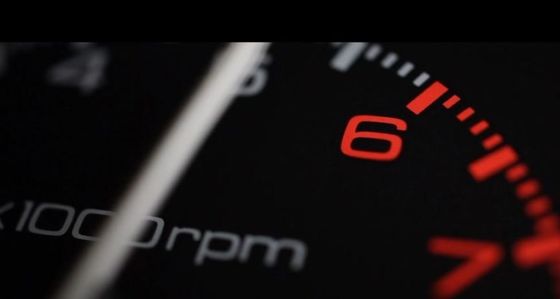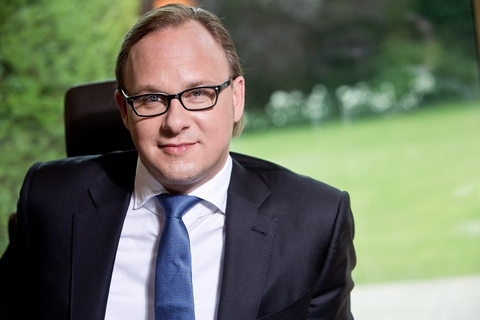E-Stream at Bondguide
E-Stream: "Specialist for battery-based energy efficiency".
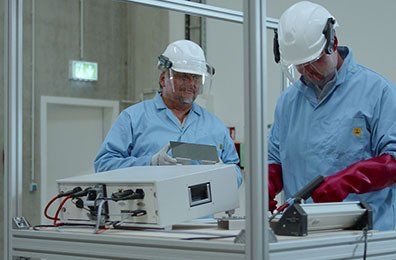
What is the approximate lifespan of a lithium-ion battery?
Krämer: When used in vehicles, the load profile is of course different from that of the residential storage system I mentioned. In addition, a lot depends on the individual driving style. Today, it is assumed that a lithium-ion battery has reached the end of its service life when its performance is reduced to 80% and needs to be replaced. Those who offer solutions that are able to slow down this reduction in performance can also gain market share. Generally speaking, up to 1,000 discharge and charge cycles are expected in operation today. In laboratory tests, however, we have already achieved just under 2,000 cycles. I'd like to illustrate this with an example: An e-vehicle has a range of 350 kilometers, which fortunately is slowly becoming an average value these days - then you can cover up to 350,000 kilometers with 1,000 charging cycles. That would be a great achievement for any internal combustion engine, too. E-Stream's battery systems will also make e-mobility more competitive.
Especially after the 'regime change' in the USA these days, the course towards climate protection has been set new again since this year - how do you assess the increase in the competitive situation in this respect?
Hötte: Not necessarily in terms of competition - I see rather a huge push for all environmental issues, and that's a good thing. Under President Biden, the U.S. is immediately rejoining the Paris Climate Agreement. That will entail trillions of dollars of investment, as has already been promised. The fact that the U.S. has more or less slept through the past four years under Trump in this regard has given non-American researchers as well as us a head start in terms of time. I also see above all a significantly enlarged sales market, not so much an enlarged competitive landscape. Just after the outcome of the U.S. election, we received inquiries from the U.S. for e-stream battery cells - and we're talking about 'somewhat' larger quantities. You can see that the USA has also recognized that there is a large sales market for lithium-ion cells.
In a conversation with fox e-mobility a few weeks ago, I got to know another interesting newcomer in this field. They supply the know-how, have a mature vehicle concept, but don't manufacture anything themselves. How would you describe E-Stream, do you manufacture your own vehicles or do you just commission them?
Krämer: Both. We manufacture certain components ourselves, and have others prefabricated and delivered. We then assemble everything, and also have an important part of our value chain in-house.
Hötte: Small vehicle based on e-stream battery cells: In fact, this is also one of our current projects - in cooperation, of course. But again, as background for your understanding: I would most likely describe E-Stream to you as specialists in battery-based energy efficiency. These can be individual battery cells, custom-fit packages for round, oval or rectangular, freely scalable modules that enable fast charging. Accordingly, we can also adapt these module or entire battery systems to a wide variety of applications. These can be residential and industrial storage systems, with which we are currently in the certification phase, or even energy storage systems for vehicles.
We had already talked about the capital market in our first conversation. Surprisingly unsurprisingly promptly, you are now already launching the share - what are the plans?
Hötte: We have now turned our attention first to the equity side. Crowdinvesting or an IPO were the options under discussion. We decided on crowdfunding as the first step - but it hasn't started yet. One does not exclude the other.
What would you say in general: Is e-stream more of an equity or a debt issue? Possibly both, and the course has yet to be set?
Hötte: We are currently in the growing stage, so we are now addressing our equity story to equity investors. Of course, this may change in the further course of development. We are convinced that our share has a lot of potential. We are working with a very advanced energy storage technology that can be compared to Tesla's battery storage systems due to the use of lithium-ion cylindrical cells, and our cell interconnections even allow the advantage of full recyclability of our modules and reuse of the cells used. I don't think it's too presumptuous to say that we are a medium-sized company whose technology is convincing and certainly makes a compelling equity story possible.
Mr. Krämer, Mr. Hötte, thank for your time and the interesting additional insights as well as the update!
The interview was conducted by Falko Bozicevic.



